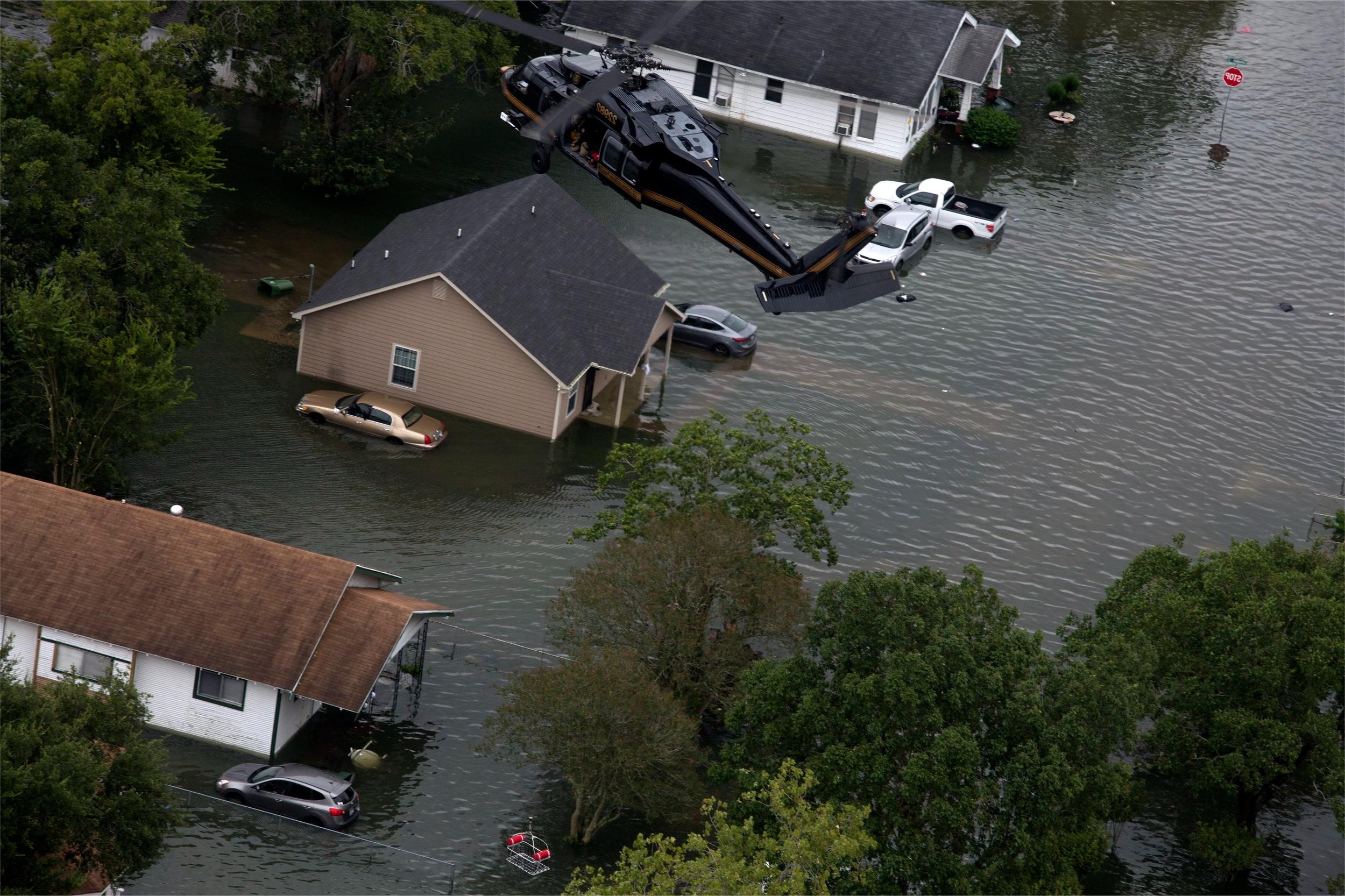
Texas flooding is a serious issue that affects many residents each year. Did you know that Texas experiences more floods than any other state in the U.S.? This is due to its vast size, diverse climate, and numerous rivers. Floods can happen quickly, often with little warning, causing significant damage to homes, businesses, and infrastructure. Understanding the causes and effects of these floods can help Texans better prepare and respond. From flash floods in urban areas to river floods in rural regions, the impact is widespread. Learn how to stay safe, protect property, and understand the science behind these natural events.
Texas Flooding: A Natural Phenomenon
Flooding in Texas is a common occurrence due to its diverse geography and weather patterns. From hurricanes to heavy rainfalls, the state faces numerous challenges. Here are some intriguing facts about Texas flooding and inondations.
- Texas experiences more floods than any other state in the U.S.
- The state has over 15 major river basins, contributing to frequent flooding.
- Flash floods are the most common type of flooding in Texas.
- The Great Flood of 1935 in Houston caused extensive damage and loss of life.
- Hurricane Harvey in 2017 brought unprecedented rainfall, leading to catastrophic flooding.
- Texas has a floodplain area of approximately 52,000 square miles.
- The Trinity River in Dallas is prone to frequent flooding.
- Texas has a history of deadly floods dating back to the 1800s.
- The state has implemented numerous flood control projects to mitigate damage.
- Flooding can occur in any season, but spring and fall are the most common times.
Impact on Communities
Flooding has a profound impact on Texas communities, affecting homes, businesses, and infrastructure. The following facts highlight the extent of this impact.
- Over 1.5 million Texans live in flood-prone areas.
- Floods cause billions of dollars in damage annually.
- Many Texas schools have flood response plans in place.
- Flooding can disrupt transportation, making roads impassable.
- Some communities have been rebuilt multiple times due to recurring floods.
- Flood insurance is crucial for homeowners in high-risk areas.
- Floodwaters can contaminate drinking water supplies.
- Emergency services are often overwhelmed during major flood events.
- Floods can lead to long-term mental health issues for affected residents.
- Community resilience programs aim to help Texans recover faster from floods.
Environmental Consequences
Flooding not only affects human life but also has significant environmental consequences. These facts shed light on the ecological impact of Texas floods.
- Floods can lead to soil erosion and loss of fertile land.
- Aquatic ecosystems can be disrupted by sudden changes in water levels.
- Floodwaters can spread pollutants and hazardous materials.
- Wetlands can be both positively and negatively affected by flooding.
- Flooding can lead to the spread of invasive plant species.
- Wildlife habitats can be destroyed or altered by flood events.
- Floods can replenish groundwater supplies in some areas.
- Sediment deposition from floods can create new landforms.
- Flooding can improve soil fertility by depositing nutrient-rich silt.
- Flood events can trigger landslides in hilly regions.
Historical Flood Events
Texas has a rich history of significant flood events that have shaped its landscape and policies. Here are some notable historical floods.
- The Central Texas floods of 1921 caused widespread devastation.
- The 1935 flood in Houston led to the construction of the Addicks and Barker reservoirs.
- The 1957 flood in Dallas prompted major improvements in flood control infrastructure.
- Tropical Storm Allison in 2001 caused severe flooding in Houston.
- The 2015 Memorial Day floods affected multiple regions in Texas.
- The 2016 Tax Day floods caused significant damage in the Houston area.
- Hurricane Harvey in 2017 is considered one of the costliest natural disasters in U.S. history.
- The 2019 Imelda storm brought heavy rainfall and flooding to Southeast Texas.
- The 2020 floods in Central Texas highlighted the need for better flood management.
- Historical floods have led to the development of advanced flood prediction models.
Flood Mitigation Efforts
Efforts to mitigate flooding in Texas are ongoing and involve various strategies and technologies. These facts provide insight into these efforts.
- Texas has invested in advanced flood warning systems.
- Levees and dams play a crucial role in flood control.
- Urban planning now includes considerations for flood risk reduction.
- Floodplain mapping helps identify high-risk areas.
- Community education programs aim to raise awareness about flood preparedness.
Texas Flooding: A Reality Check
Texas flooding is a serious issue affecting countless lives. Understanding the causes, impacts, and preventive measures is crucial for everyone. Floods can result from heavy rainfall, hurricanes, or even rapid snowmelt. They disrupt communities, damage property, and can lead to loss of life.
Preparedness is key. Knowing the flood zones, having an emergency plan, and staying informed through reliable sources can make a huge difference. Local governments and organizations work tirelessly to improve infrastructure and provide resources for flood management.
Individuals can contribute by staying vigilant, supporting conservation efforts, and advocating for better flood control measures. By working together, Texans can mitigate the effects of flooding and protect their communities. Stay safe, stay informed, and always be prepared for the unexpected.
Was this page helpful?
Our commitment to delivering trustworthy and engaging content is at the heart of what we do. Each fact on our site is contributed by real users like you, bringing a wealth of diverse insights and information. To ensure the highest standards of accuracy and reliability, our dedicated editors meticulously review each submission. This process guarantees that the facts we share are not only fascinating but also credible. Trust in our commitment to quality and authenticity as you explore and learn with us.
